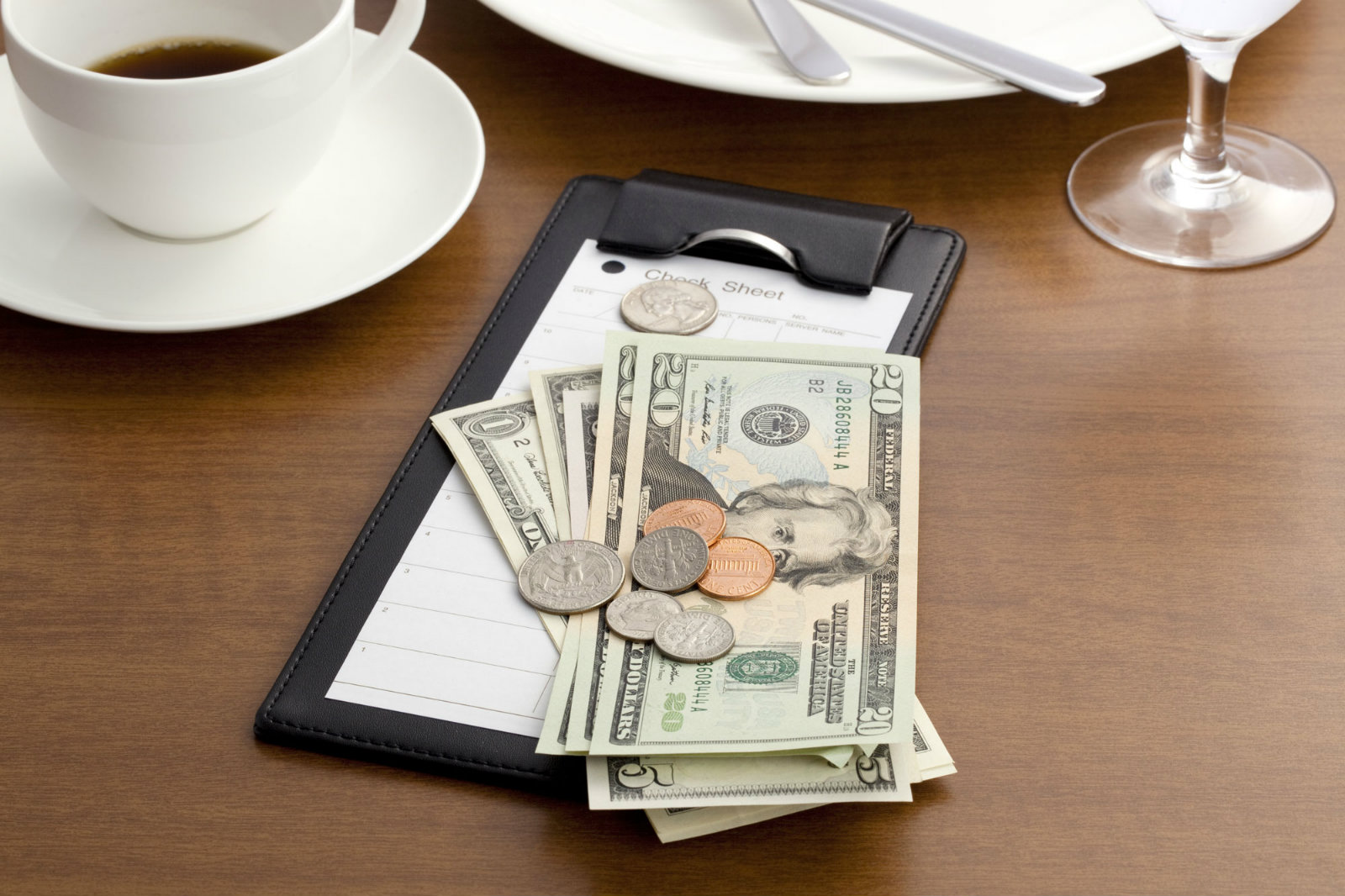
The idea of tipping is said to have originated in the late 17th century in British taverns, where a little money was slid to the server “to insure promptitude” (T.I.P). Today, tipping is a mainstream practice for North American diners, and is as expected as free bread at the beginning of a meal.
Back in 1994, American restaurateur and CEO of Union Square Hospitality Group, Danny Meyer, stated in a Union Square newsletter that the “the American system of tipping is awkward for all parties involved”. Meyer, being a firm believer that hospitality “is a team effort”, decided in 2015, to reduce the vast discrepancy in compensation between his front and back of house by eliminating tips and raising food prices on the menu to cover the costs of hospitality. The key word here is hospitality, which includes all front and back of house personnel: servers, bartenders, runners, cooks, dishwashers and porters. With a menu where “Hospitality Included” is noted, diners of Meyer’s restaurants should expect the absence of a tip line on their check, as the price of hospitality has already has been built in to the cost of the menu.
By increasing menu prices as well as eliminating and discouraging tipping as an option altogether, Meyer is able to implement a revenue sharing plan which allows Union Square to establish a more equitable wage spectrum among his front and back of house staff. By increasing the wages paid to the back of house staff, Union Square is able to attract and retain better kitchen talent. By guaranteeing his servers a more stable wage, it creates a less stressful environment for his front of house employees, whose salaries, for the most part, depend on the generosity of patrons. Finally, the riskiest part — Meyer’s no-tipping statute hopes to give patrons a smoother dining experience by displaying up front what the whole dining experience will cost and eliminating the need to question how much to tip.
Only time will tell if the no-tipping model will be adopted by other players in the hospitality industry but, in the meantime, the question remains: To tip or not to tip? What are the pros and cons of tipping in a market where it’s not only common, but also a generally expected practice by both the patron and the server?
The downside of tipping
Even when tipping began to show its gratuitous face back in the late 1880’s post American Civil War, there was still some contention with this act among American diners, as it was a clear indication that a servile class existence depended on a higher class to survive.
Today, restaurateurs like Danny Meyer are weary of the tip, not only because of the wage discrepancy it brings to the table, but also because of the added pressure it brings to the server and diner. Meyer states that
We have been conditioned, after many, many years as consumers to believe that the $25 chicken entree is $25. And when we add the tip, we truly feel like it came out of a different pocket…
Most diners would agree that the tip is outside of the dining experience so therefore, a tip in addition to the cost of the meal is something above and beyond their meal, and is something that a server should earn versus an expected amount that is already owed to them.
For the server, whose base salary is usually below minimum wage, the tip is not so much a nice to have as it is a necessity. This means that for most restaurateurs, staffing servers during peak hours is much easier, than staffing them during slower periods.
The upside of tipping
On the more positive side, tipping is a surefire way to guarantee good customer service. Waiting tables is hard work, and a reward for good service is great motivation. Much like how commission helps to motivate sales reps, tips motivate front of house staff to give their best possible performance. On the other side of the dining experience, tipping is also an easy way for restaurant patrons to show appreciation to their server for a great dining experience.
Regardless of your stance on tipping, most North American restaurant servers (outside of Danny Meyer’s dining empire) expect a tip at the end of the meal, and almost all patrons expect to give one.
Make the tipping experience an easier one for you and your staff with a restaurant POS that does the job for you. Forget about leafing through credit card slips at the end of the night. If you have a tip pool, you can set tip percentages in your POS, and at close, your POS will automatically calculate the cash and credit card tips of your servers. This will speed up an otherwise tedious task, giving you a clear number of how to dole out tips and ensuring that all of your staff gets an equal cut. For credit card tips, save your servers time and effort and let Lightspeed Restaurant automatically calculate the tip percentage based on the final paid amount.
To learn more about Lightspeed Restaurant check out our demo on how to get started with the most robust restaurant POS on the market!

News you care about. Tips you can use.
Everything your business needs to grow, delivered straight to your inbox.


